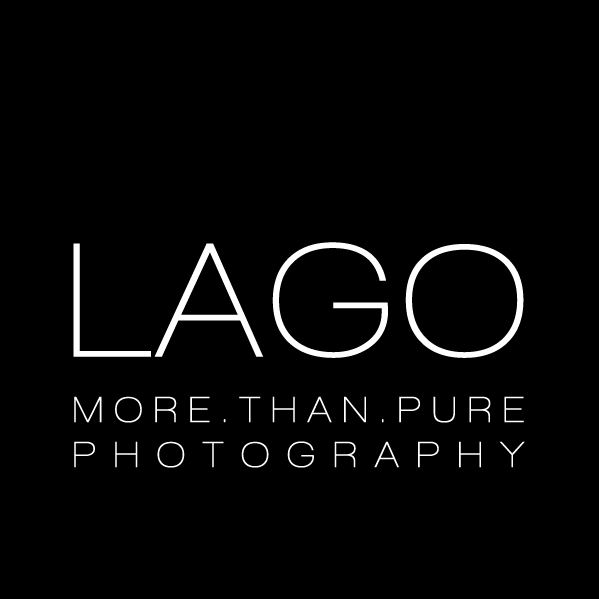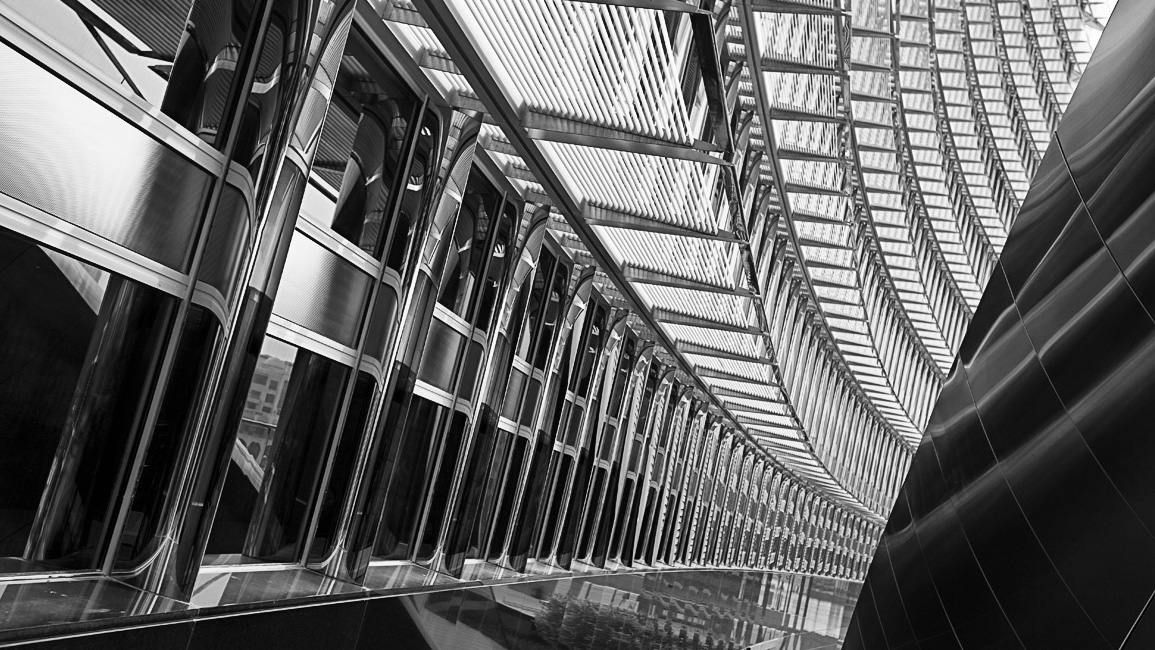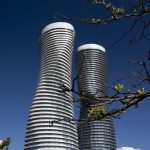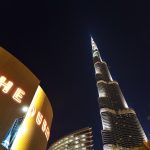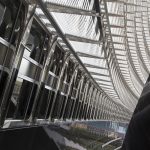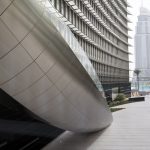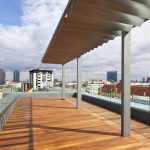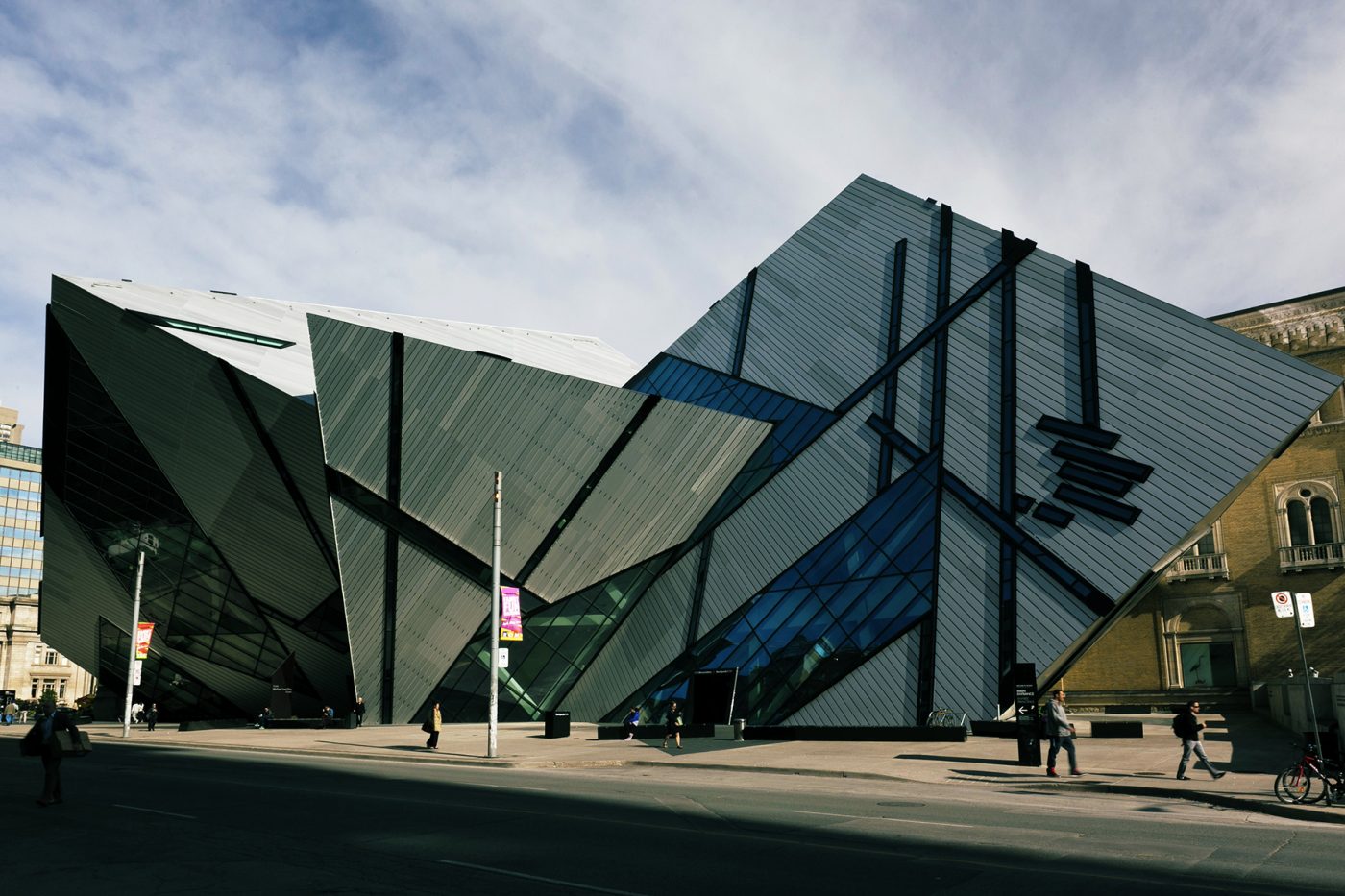Category Architecture
Simply Architecture
Travelling around the world, either for leisure or business purposes, I always wanna visit the local high-end architecture. Partially, it’s because both my parents are architects, so obviously I grew up surrounded by the latest trends and architectural works. But the main reason lies deeply in my nature, as I admire pure lines, contrast of materials, modernism and unlimited visions and skills of world’s best architects.
Although, as a professional photographer I try to do my best to capture this phenomenon, I’m still far away from what is called “architectural photographer”. Considered to be an easy and steady target for your camera, proper architectural photography is one of the most demanding photography branch. You need to watch the light conditions, reflections, perspective, angle of the camera, use the proper lens, moreover fit the architect’s visions more than you’d expect.
The photos placed in gallery above are just a glimpse of my “architectural photography” gigs I had the privilege to shoot in Canada, United Arab Emirates, Austria or even in my native Slovakia. Feel free to browse through…
ROM [royal ontario museum]
The Royal Ontario Museum (ROM) is a museum of world culture and natural history based in Toronto, Ontario. It is one of the largest museums in North America, attracting over one million visitors every year. The museum is located north of Queen’s Park in the University of Toronto district, with its main entrance facing Bloor Street.
Established on 16 April 1912 and opened on 19 March 1914, the museum has maintained close relations with the University of Toronto throughout its history, often sharing expertise and resources. The museum was under the direct control and management of the University of Toronto until 1968. It then became an independent institution. Today, the museum is Canada’s largest field-research institution, with research and conservation activities that span the globe.
Designed by Toronto architects Frank Darling and John A. Pearson, the architectural style of the original building is Italianate Neo-Romanesque, popular throughout North America until the 1870s. The structure is heavily massed and punctuated by rounded and segmented arched windows with heavy surrounds and hood mouldings. Other features include applied decorative eave brackets, quoins and cornices.
The new main entrance to the Royal Ontario Museum, Daniel Libeskind’s The Crystal, first opened in 2007. The Deconstructivist crystalline-form is clad in 25 percent glass and 75 percent aluminium sitting on top of a steel frame. The Crystal’s canted walls do not touch the sides of the existing heritage buildings, used to close the envelope between the new form and existing walls. These walls act as a pathway for pedestrians to safely travel across “The Crystal”.
architectural photography | interior

